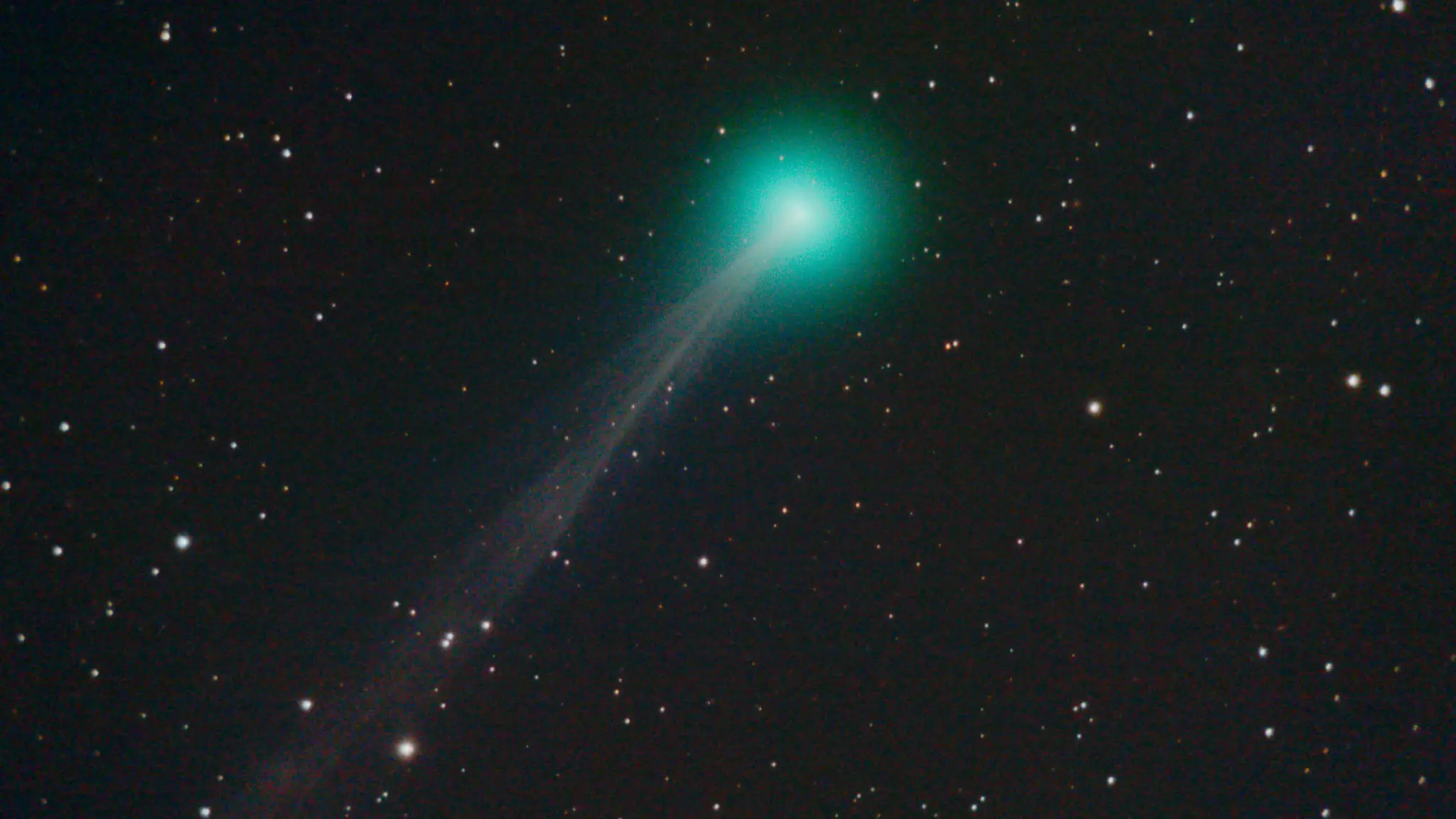
Comet Swan has been gracing the UK's skies this month, but is due to be at its brightest - and therefore easiest to see - this week, as it moves closer to the sun.
According to Phys.org, it is set to be 'perhaps the brightest comet we will see this year', with scientists saying you may well be able to see it with the naked eye.
The icy space rock, which has an official name of C/2020 F8, glows with a green-tinged light of ionised gas.
Advert
It was discovered earlier this year by an amateur astronomer from Australia, Michael Mattiazzo, who was inspecting images that had been posted online from the Solar Wind Anisotropies (SWAN) instrument aboard SOHO, the ESA/NASA Solar and Heliospheric Observatory.
The comet will be visible until mid-June, but is set to be at its brightest during the last week of May - although scientists have warned that comets are very unpredictable, especially as they move closer to the Sun.
Dr Robert Massey, Deputy Executive Director of the Royal Astronomical Society, said: "Comets are objects made up of rock and ices - and can be anything from the size of mountains to as big as the Isle of Wight.
Advert
"For most of their orbits, comets are far away from the sun, travelling through the cold of space, and they are dormant. When they come closer, things change: they heat up, the ices start to turn into gas, and jets of gas and dust stream out from the comet's surface.
"Radiation pressure from sunlight and the solar wind then sweep the gas and dust into long tails that can stretch for tens of millions of kilometres."
Massey added of Comet Swan: "It's very bright, but fading, so it isn't easy to work out what will happen next.
Advert
"The best chance of seeing it is in the last week of May."
Massey said you can use binoculars to help spot the comet, but you may be alright without them.
He said: "With the help of a pair of binoculars the comet should be visible in the north-western sky after sunset.
"If we're very lucky, it might even be possible to see it with the eye alone - some astronomers in the southern hemisphere have done that already."
Advert
Featured Image Credit: Flickr/Christian Gloor
